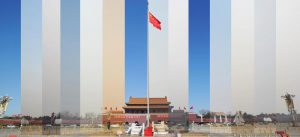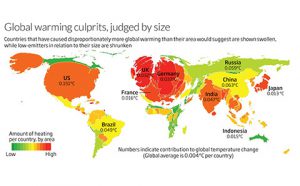More than 170 cities in China have now joined a real-time air quality disclosure scheme, initiated by the Ministry of Environmental Protection.
Launched in 2012, more the 60 cities had started publishing data from their monitoring stations by the end of that year. By January 2nd, 2014, 179 cities were giving real-time disclosure of air quality levels, according to a report published by the Institute of Public and Environmental Affairs (IPE).
“Real-time information disclosure at such a huge scale has no precedent worldwide,” Ma Jun, the director of IPE, told chinadialogue. “Although the smog situation has worsened over the last year, the action taken by the government to introduce real-time information disclosure provides a new option for better environmental governance.”
The disclosure scheme has already shown that the emissions of some local factories in northern China far exceed national and provincial standards during heavy smog.
According to the IPE’s report: “In provinces such as Shandong and Hebei in the north of China, a group of large scale thermal power plants and steel factories had emissions that were in serious breach of discharge standards. Even when the local area was experiencing a period of severe pollution, some of these enterprises were continuing to breach discharge standards almost every hour.”
The report also warned that regional efforts to reduce emissions, which will affect powerful vested interests, could face serious opposition. In late December 2013, China’s state news agency Xinhua reported that the country could fail its 2015 emission reduction target which requires carbon intensity be cut by 17%.
“In Hebei alone, the aim for the steel industry’s overcapacity reduction is 60 million tonnes,” says Ma Jun. “This involves multi-billion-worth assets and hence the vested interests involved are huge. Given that local governments rely heavily on the steel industry for taxation, employment and the like, the backlash is foreseeable."






